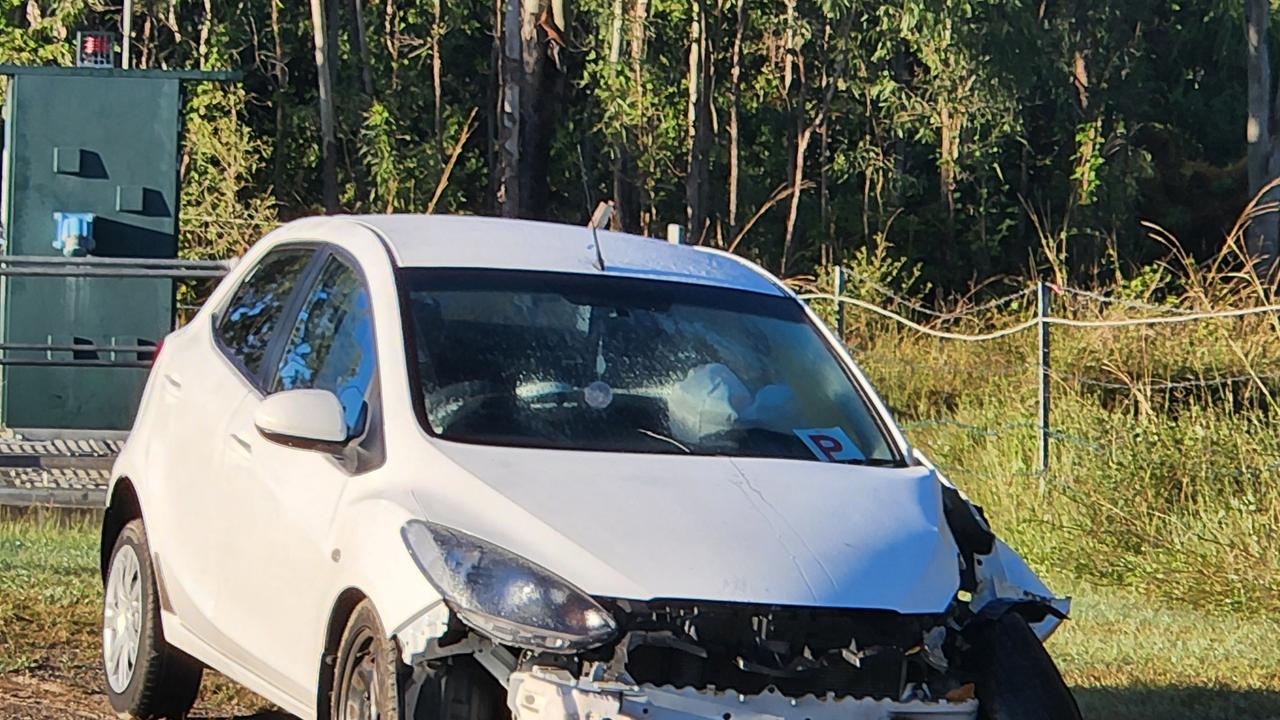1944 FLASHBACK: How the Bully reported D-Day
Supreme Headquarters: 'the Allies have done better than was hoped'
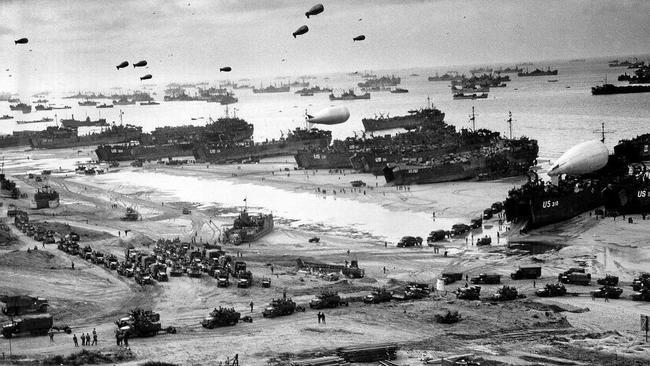
Rockhampton
Don't miss out on the headlines from Rockhampton. Followed categories will be added to My News.
On this day in 1944, when Rockhampton locals such as Bill Thaw, Jim Geedrick and Archie Leigh were still young men, the Morning Bulletin reported on landing operations of the Allied invasion of Normandy in Operation Overlord during World War II. Codenamed Operation Neptune and often referred to as D-Day, it was the largest seaborne invasion in history.
"It is learnt at Supreme Headquarters of the Allied Expeditionary Force that there is a feeling of optimism that all is going well with the invasion. Headquarters is pleased with the way the air-borne operations have gone and expresses the opinion that the Allies have done better than was hoped.
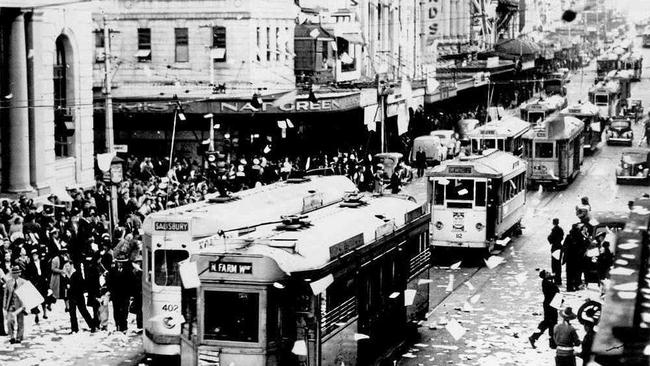
"The Associated Press reports that the Allies have occupied 50 miles of the French coast, the penetration in some places being 12 miles. Troops are rapidly moving inland towards the air-borne forces who were landed in the first waves of the invasion.”
The communique stated rangers and commandos formed part of the assaulting forces which maintained their vigil over shipping and the assault areas from dawn until dusk, and the enemy's naval forces made no further attempt to interfere with our seaborne landings.
"A 50-mile long train of gliders, towed by transports, reinforced the positions in the Cherbourg peninsula.
"Between 6.30 and 7.30am, two naval task forces, commanded by Rear-Admiral Sir Philip Vian, flying his flag in HMS Seylla, and Rear-Admiral Alan Goodrich Kirk in USS Augusta, launched their assault forces against the enemy beaches. Naval forces, which previously had assembled under the overall command of Admiral Sir Bertram Ramsay, made their departure in fresh weather and were joined during the night by the bombarding forces which previously had left northern waters.”
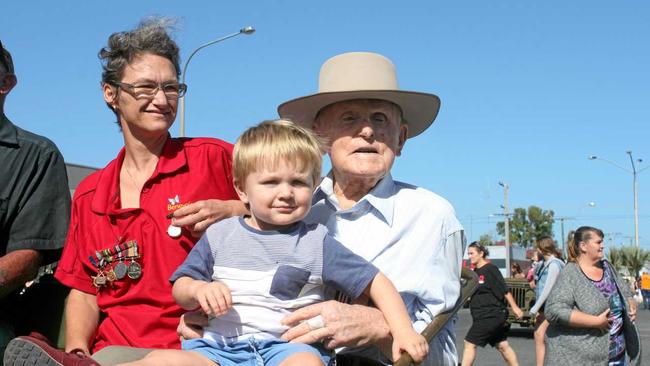
Channels had to be swept through large enemy minefields which was completed shortly before dawn, and while the minesweeping flotillas continued their sweep towards the Remy coast the entire naval force followed down the swept channels behind them towards their objectives.
"Landings were effected under cover of air and naval bombardments and airborne landings, involving troop-carrying aircraft gliders carrying large forces of troops, also were made successfully at a number of points. Reports of operation so far show that our forces have succeeded in their initial landings. Fighting continues.
"The naval casualties are regarded as being very light, especially when the magnitude of the operation is taken into account.
"About 15 cruisers and 50 to 60 destroyers were operating west of Le Havre late this evening, according to the German military spokesman. He added, "our reconnaissance leads to the conclusion that a heavy Allied naval force west of Le Havre is meant as a screen for bringing up more forces to the bridgehead north of Caen and between the lower reaches of the Orne and and the area north and north-west of Bayeux.
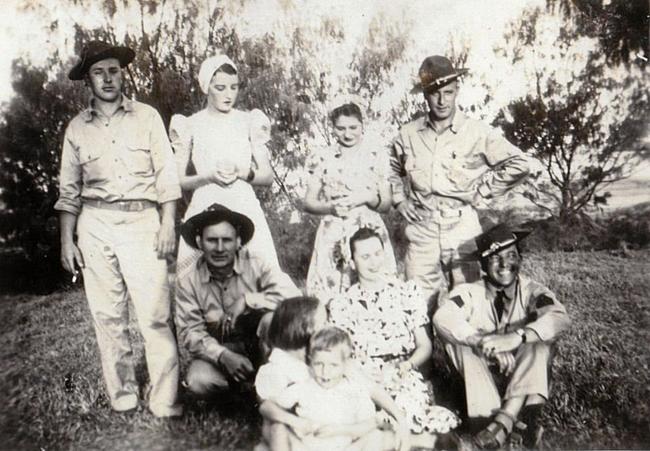
"The Berlin radio states further British and American transports are en route, north of Cherbourg Bight. St Malo is believed to be the most likely target target for major sea and airborne landings. There might be a sudden, powerful stab for Paris.”
During the Occupation, the French government moved to Vichy, and Paris was governed by the German military and French collaborators. It was a time of hunger and humiliation, with curfews and rations in place. A million Parisians abandoned the city for the provinces where there was more food and fewer Germans. Over 13,000 French Jews were rounded up and sent to Auschwitz.
Following D-Day on June 6 1944, the French Resistance seized Paris' police headquarters and other government buildings back from the Germans. The city was liberated by French and American troops on August 25.
More than 27,000 Australians were killed in action or died in World War II, over 23,000 were injured and 30,500 were taken prisoner of war.
Closer to home, a US army base was established outside Rockhampton; it hosted up to 70,000 servicemen en route to action in the Pacific and New Guinea.
Originally published as 1944 FLASHBACK: How the Bully reported D-Day

